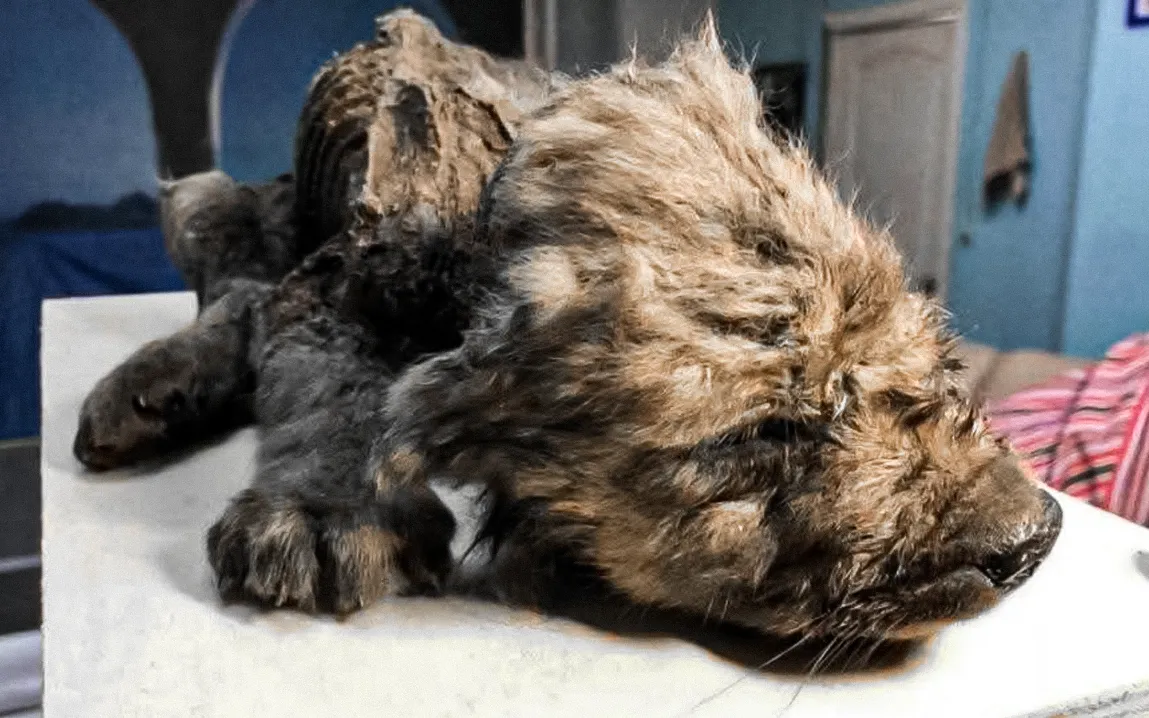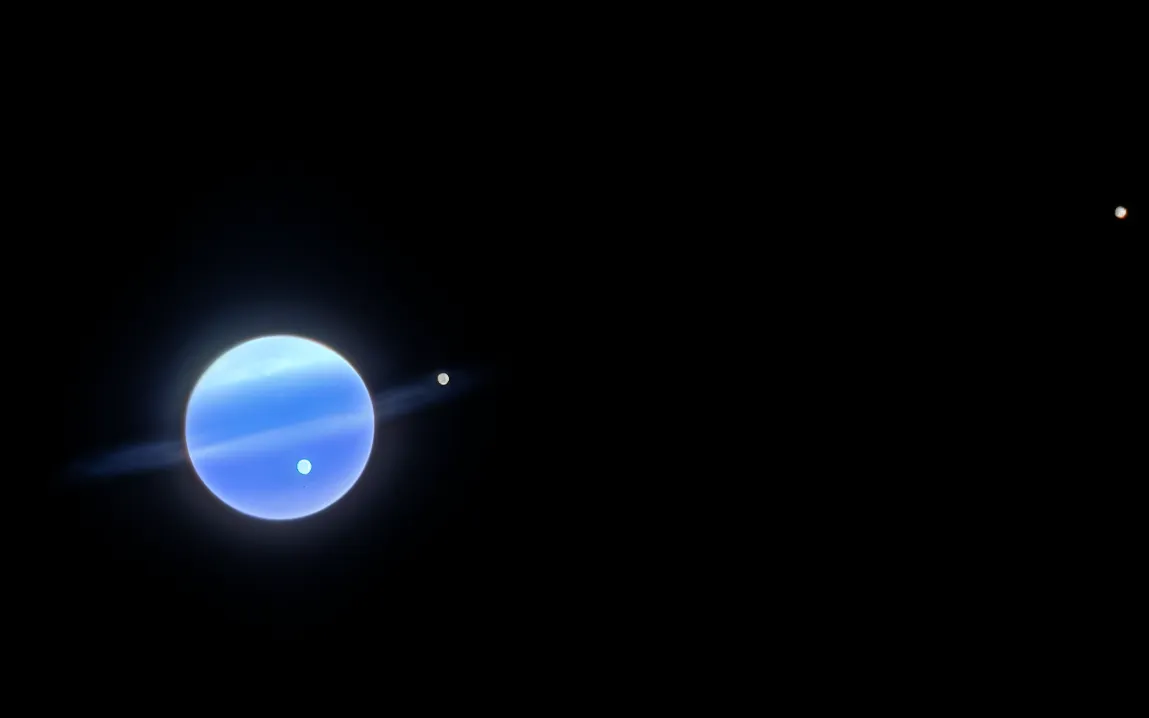A unique light-producing enzyme found in a Brazilian firefly has led to the creation of a powerful new biosensor that can track changes inside human and animal cells. The discovery could help scientists study diseases, test drug toxicity, and even understand how cells react to different materials.
A Color-Changing Glow With a Purpose
The enzyme, referred to as luciferase, is derived from firefly species Amydetes vivianii and was initially discovered in Brazil. Scientists identified that when such an enzyme is incorporated into mammalian cells, the hue of the glow depends upon the cell’s acidity (pH) ranging from bluish-green, via yellow, to red when acidity drops.
This color-shifting effect is stronger, more stable, and heat-resistant than scientists have observed with other luciferases. And best of all, it works inside living cells at body temperature (36°C), making it incredibly useful for medical research.
“This technique can help us study diseases, drug toxicity, or cellular stress by simply observing the color of the light,” explained Vanessa Bevilaqua, lead author of the study.
How It Works and Why It’s Special?
Luciferases are enzymes that create light in bioluminescent organisms like fireflies. Unlike fluorescent imaging (which needs external light), this technique produces its own glow, making it non-toxic and safer for cells.
Even more impressive: the glow from this new enzyme is strong enough to be photographed with a smartphone for up to 30 minutes and can still be detected by advanced equipment for up to 12 hours.
“It’s something unprecedented—and developed entirely in Brazil,” said Professor Vadim Viviani, who leads the Biochemistry and Bioluminescent Technologies Lab at UFSCar.
Beyond Just Pretty Light—Real Science Power
The biosensor was developed as part of a broader research project to create bioluminescent tools for diagnostics, environmental analysis, and bioimaging. In earlier studies, the team also used firefly luciferase to detect COVID-19 antibodies and track bacterial pH, but this version works far better in mammalian cells.
With this breakthrough, Viviani’s lab is now equipped to run advanced bioluminescent tests on human and animal cells, and explore new applications like:
- Drug and cosmetic toxicity testing
- Effects of materials on human cells
- Real-time monitoring of cancer cells
“We’ve opened up a range of possibilities,” Bevilaqua concluded.



